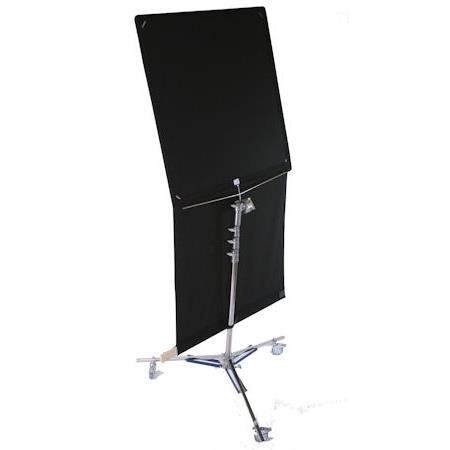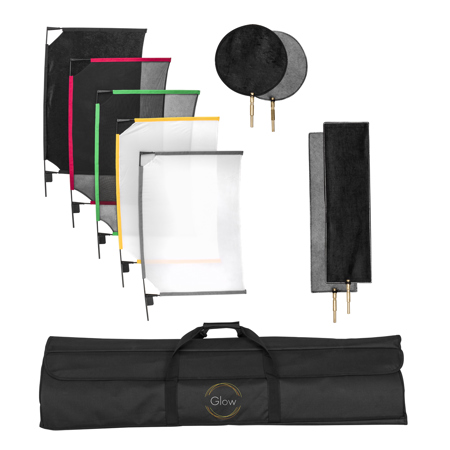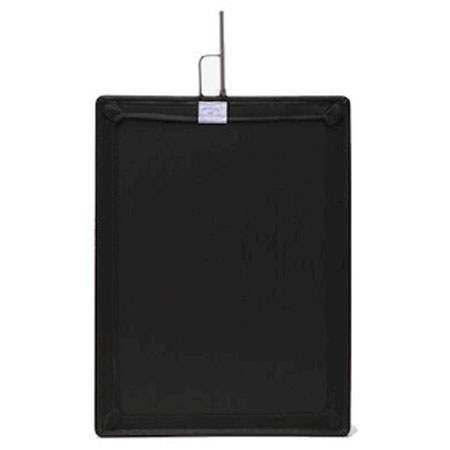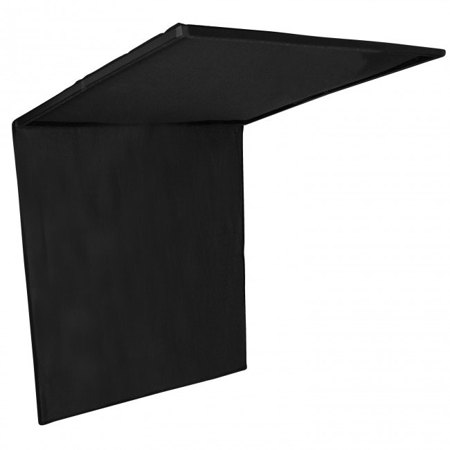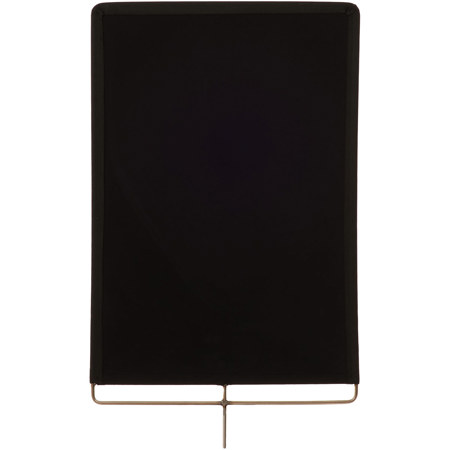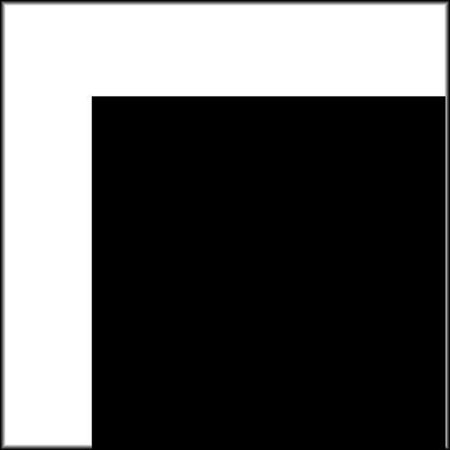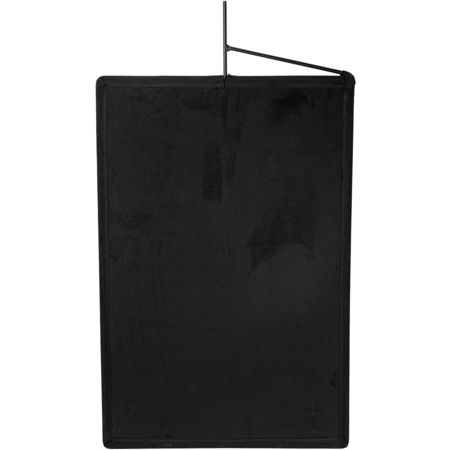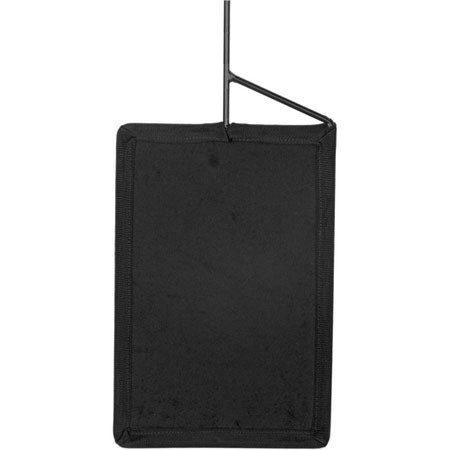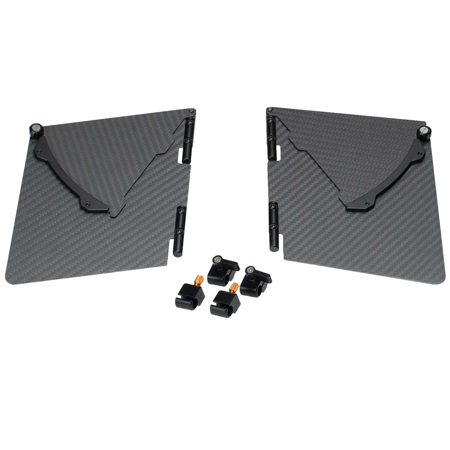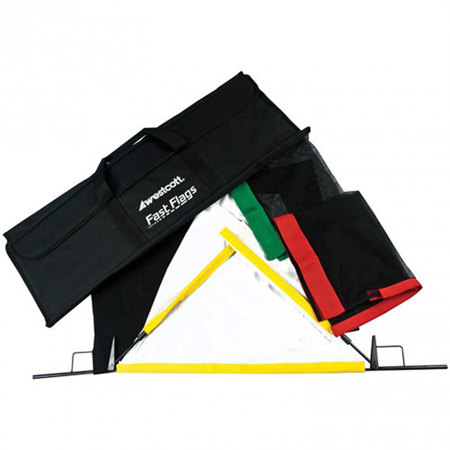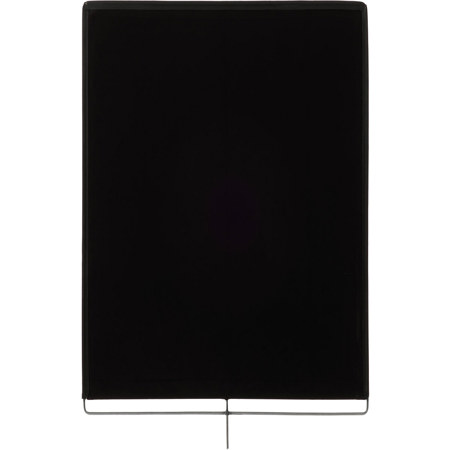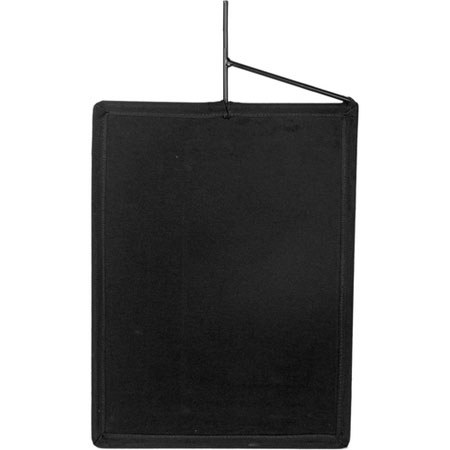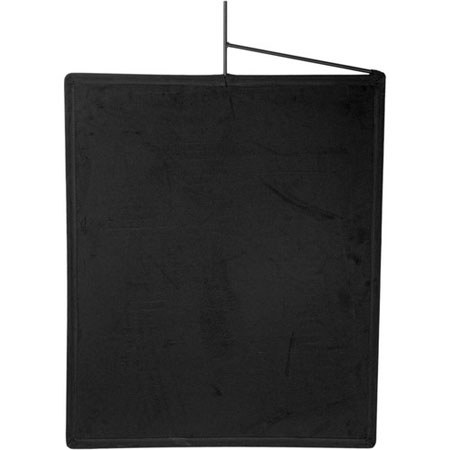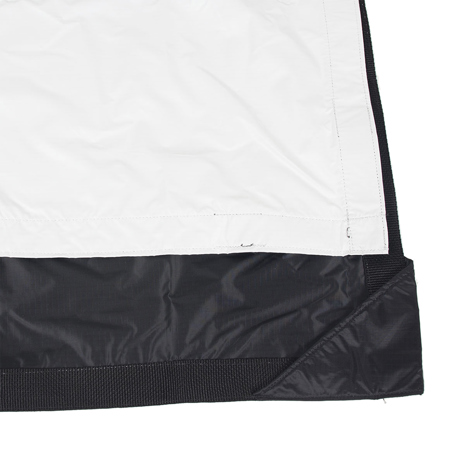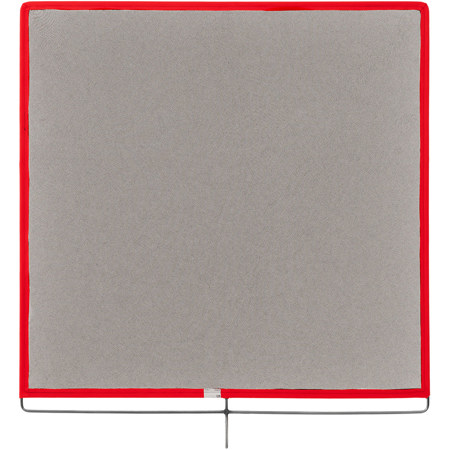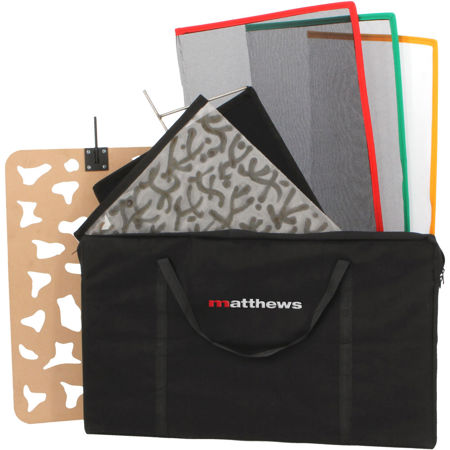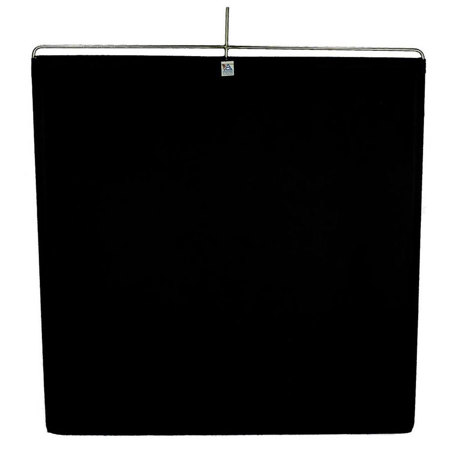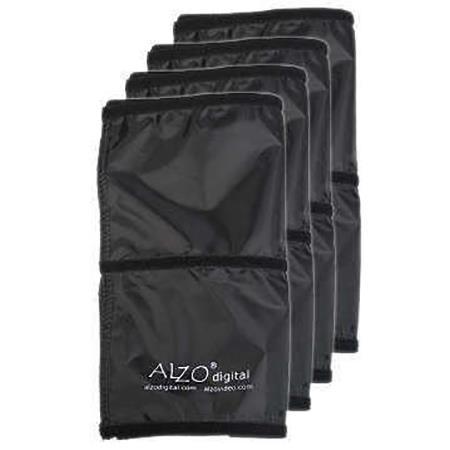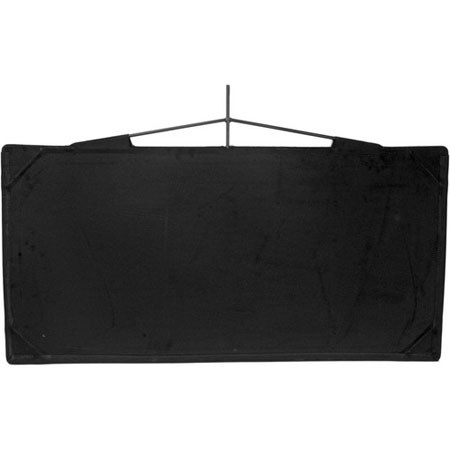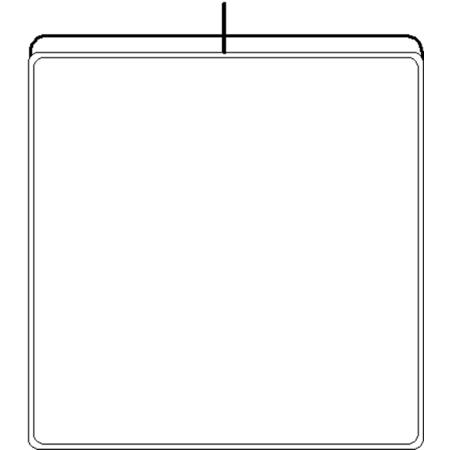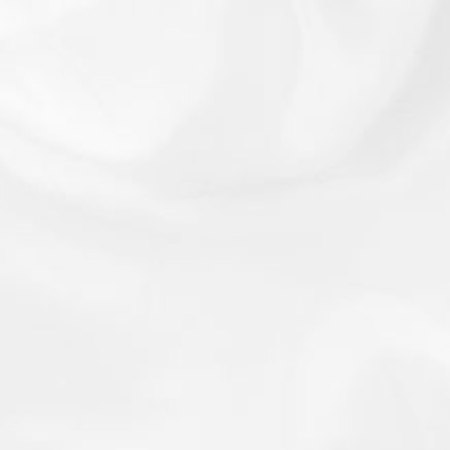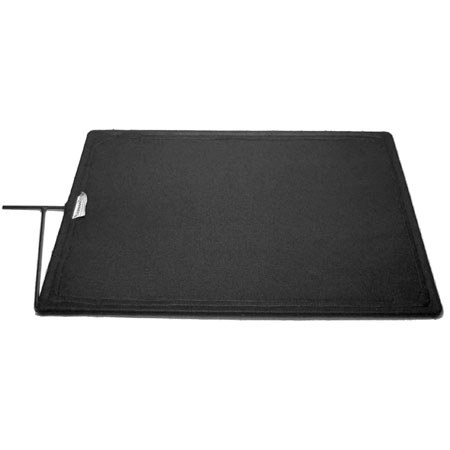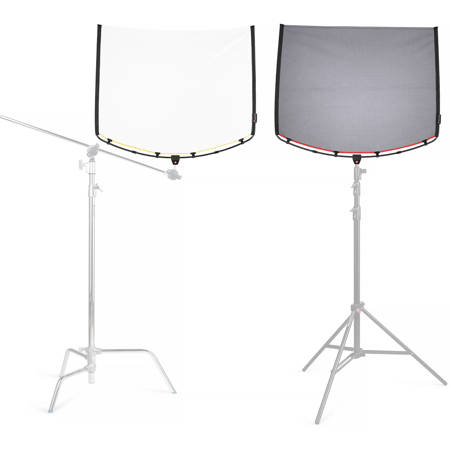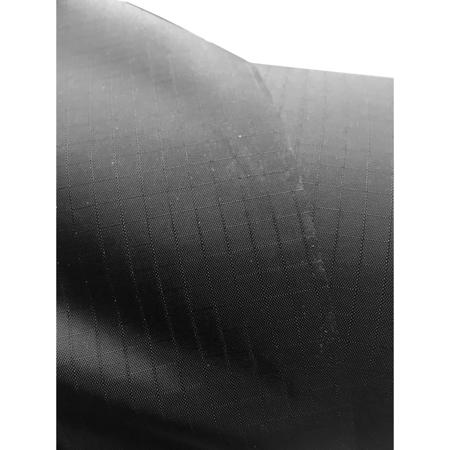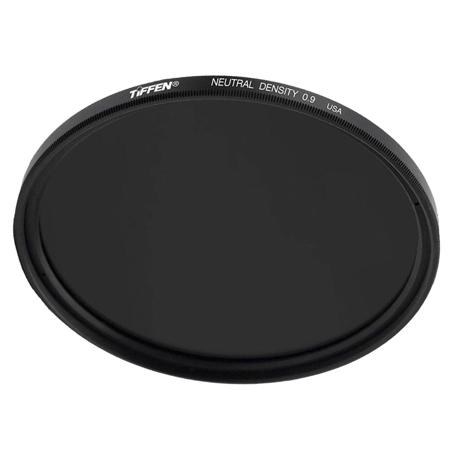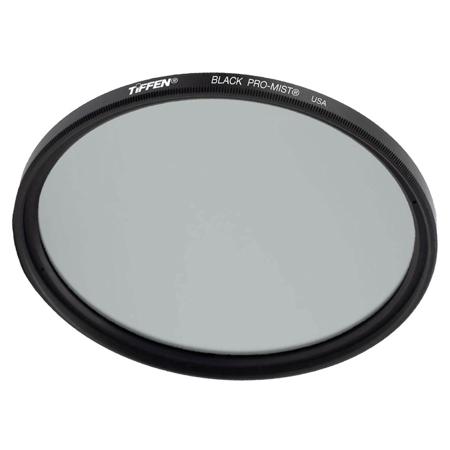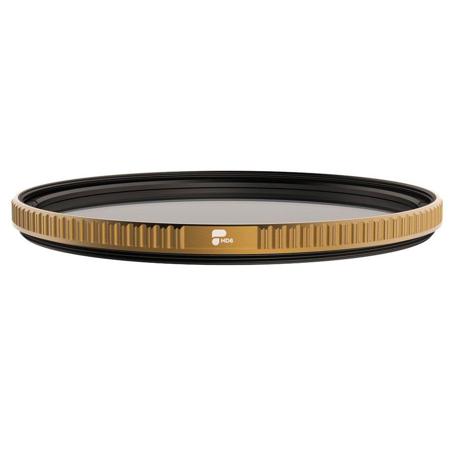Negative Fill Flags
In the intricate world of photography and videography, mastering light is paramount, but so is the artful management of shadows. Negative fill flags become indispensable tools in this regard, helping professionals and enthusiasts alike sculpt lighting and shadow to create depth and dimension in their visual narratives. These flags, essentially large pieces of fabric or other material, are used to block or subtract light, preventing it from reflecting on certain parts of the subject or scene. This technique is particularly useful in high-contrast scenarios where the photographer wishes to control the ratio of light and add a dramatic effect to the image. For instance, in a portrait setup, a negative fill flag can be strategically placed to enhance facial features, adding a level of sophistication and professionalism to the final output.
For those considering the purchase of negative fill flags, there are several factors to keep in mind. Size and portability are crucial, especially for outdoor shoots or on locations where space and setup time are limited. A common size like an 18x24 frame offers a good balance between functionality and ease of handling. The material of the flag also plays a significant role; it needs to be durable yet lightweight, capable of standing up to the elements if shooting outdoors. Additionally, the color of the flag—typically black—should be non-reflective to avoid any unwanted spill of light. These tools are not only useful for professional photographers and videographers but also make thoughtful gifts for anyone keen on advancing their lighting skills in photography, from students in film school to hobbyists looking to refine their technique.
Understanding the relationship between light and shadow is fundamental in photography, much like the relationship between positive and negative spaces in an image. Those interested in exploring this dynamic further might find it enriching to delve into the world of Negative Films, where the interplay of light and shadow is similarly pivotal. Whether used in a studio setting or on a dynamic film set, negative fill flags are about control and intention in the creation of an image. They allow photographers and filmmakers to manipulate natural and artificial light, ensuring that every shot not only captures a moment but also conveys the desired mood and atmosphere. As winter's diffuse light gives way to the harsher shadows of spring, mastering the use of negative fill flags can dramatically elevate the quality of your work, making each frame not just seen but felt.
For those considering the purchase of negative fill flags, there are several factors to keep in mind. Size and portability are crucial, especially for outdoor shoots or on locations where space and setup time are limited. A common size like an 18x24 frame offers a good balance between functionality and ease of handling. The material of the flag also plays a significant role; it needs to be durable yet lightweight, capable of standing up to the elements if shooting outdoors. Additionally, the color of the flag—typically black—should be non-reflective to avoid any unwanted spill of light. These tools are not only useful for professional photographers and videographers but also make thoughtful gifts for anyone keen on advancing their lighting skills in photography, from students in film school to hobbyists looking to refine their technique.
Understanding the relationship between light and shadow is fundamental in photography, much like the relationship between positive and negative spaces in an image. Those interested in exploring this dynamic further might find it enriching to delve into the world of Negative Films, where the interplay of light and shadow is similarly pivotal. Whether used in a studio setting or on a dynamic film set, negative fill flags are about control and intention in the creation of an image. They allow photographers and filmmakers to manipulate natural and artificial light, ensuring that every shot not only captures a moment but also conveys the desired mood and atmosphere. As winter's diffuse light gives way to the harsher shadows of spring, mastering the use of negative fill flags can dramatically elevate the quality of your work, making each frame not just seen but felt.
